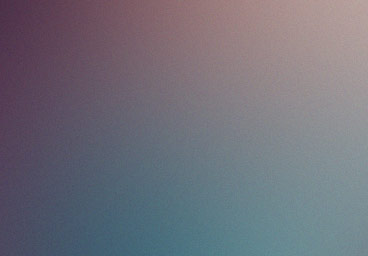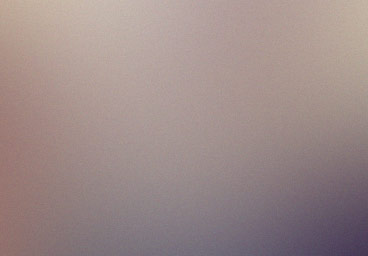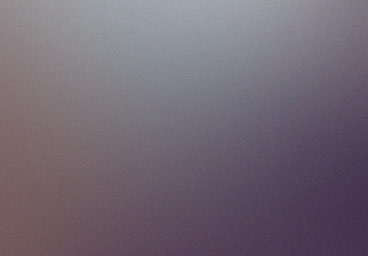Toward A Critical Multimodal composition
Sierra S. Parker
References
Bridgman, Katherine, Kristie S. Fleckenstein, and Scott Gage. (2019). Reanimating the answerable body: Rhetorical looking and the digital interface. Computers and Composition, 53, 86–95, doi:10.1016/j.compcom.2019.05.
Coeckelbergh, Mark. (2017). Can machines create art? Philosophy & Technology, 30(3), 285–303. doi:10.1007/s13347-016-0231-5.
Dehouche, Nassim. (2021). Implicit stereotypes in pre-trained classifiers. IEEE Access, 9, 167936–947. doi:10.1109/ACCESS.2021.3136898.
Elgammal, Ahmed, Bingchen Lui, Mohamed Elhoseiny, and Marian Mazzone. (2017). CAN: Creative adversarial networks, generating “art” by learning about styles and deviating from style norms. http://arxiv.org/abs/1706.07068.
Hertzmann, Aaron. (2018). Can computers create art? Arts, 7(2), 18. hdoi:10.3390/arts7020018.
Hong, Joo-Wha, and Nathaniel Ming Curran. (2019). Artificial intelligence, artists, and art: Attitudes toward artwork produced by humans vs. artificial intelligence. ACM Transactions on Multimedia Computing, Communications, and Applications, 15(2, 1–16, doi:10.1145/3326337.
ImageNet. About ImageNet. https://www.image-net.org/about.php.
Jack, Jordynn. (2009). A pedagogy of sight: Microscopic vision in Robert Hooke’s Micrographia. Quarterly Journal of Speech, 95(2), 192–209. doi:10.1080/00335630902842079.Johnson, Jeremy David. (2020). Theorizing network bias and teaching mêtic invention in online search. Computers and Composition, 56, 1–14. doi:10.1016/j.compcom.2020.102573.
Ko, Hyung-Kwon, Gwanmo Park, Hyeon Jeon, Jaemin Jo, Juho Kim, and Jinwook, Seo. (2023). Large-scale text-to-image generation models for visual artists’ creative works. In Proceedings of the 28th International Conference on Intelligent User Interfaces (pp. 919–33). doi:10.1145/3581641.3584078.
Mazzone, Marian, and Ahmed Elgammal. (2019). Art, creativity, and the potential of artificial intelligence. Arts, 8(1), 26. doi:10.3390/arts8010026.
OpenAI. (2021). CLIP: Connecting text and images. https://openai.com/research/clip.
Oppenlaender, Jonas. (2022). The creativity of text-to-image generation. In Proceedings of the 25th International Academic Mindtrek Conference, (pp. 192–202). doi:10.1145/3569219.3569352.
Rawson, K. J. (2018). The rhetorical power of archival description: Classifying images of gender transgression. Rhetoric Society Quarterly, 48(4), 327–51. doi:10.1080/02773945.2017.1347951.
Selfe, Cynthia L., and Richard J. Selfe. (1994). The olitics of the interface: Power and its exercise in electronic contact zones. College Composition and Communication, 45(4), 480–504. doi:10.2307/358761.
Srinivasan, Ramya, and Devi Parikh. (2021). Building bridges: generative artworks to explore AI ethics. https://arxiv.org/abs/2106.13901.
Srinivasan, Ramya, and Kanji Uchino. (2021). Biases in generative art: A causal look from thelLens of art history. In Proceedings of the 2021 ACM Conference on Fairness, Accountability, and Transparency (pp. 41–51). doi:10.1145/3442188.3445869.
Vartiainen, Henriikka, and Matti Tedre. (2023). Using artificial intelligence in craft education: crafting with text-to-image generative models. Digital Creativity, 1–21, doi:10.1080/14626268.2023.2174557.
Vimpari, Veera, et al. (2023). An adapt-or-die type of situation: Perception, adoption, and use of text-to-image-generation AI by game industry professionals. http://arxiv.org/abs/2302.12601.
Zylinska, Joanna. (2020). AI art: Machine visions and warped dreams. Open Humanities Press.




